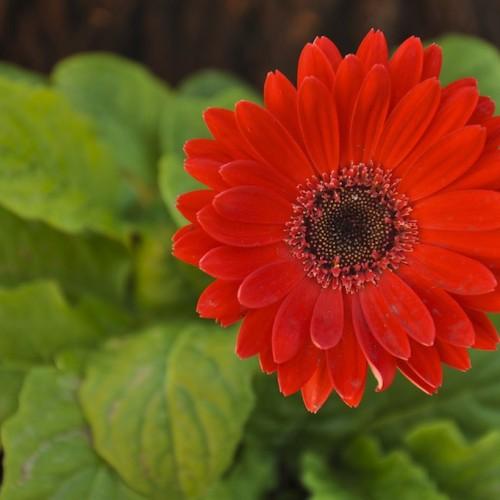
Transvaal daisy
Gerbera jamesonii
Cycle:
Herbaceous Perennial
Watering:
Average
Hardiness Zone:
8 - 10
Flowers:
Flowers
Sun:
Full sun,part shade
Leaf:
Yes
Growth Rate:
Low
Maintenance:
Low
Drought Tolerant:
Yes
Care Level:
Medium
watering
When watering a Transvaal daisy, water the soil until it is saturated and allow it to drain completely. Water every 5 to 7 days depending on the weather and the amount of light received. Water in the morning before the sun is too hot, ensuring you avoid wetting the foliage to prevent disease. It is important to adjust your watering schedule to meet the plant's needs. During hot summer months, increase the frequency of watering and during cooler months, reduce the frequency of watering.
sunlight
The Transvaal Daisy, or Gerbera jamesonii, requires full sun for at least 6 hours each day in order to thrive. This means that the plant should be placed in a location that receives direct sunlight for the majority of the daylight hours, preferably from mid-morning until late afternoon. In areas with intense sunlight, some shade should be provided during the hottest part of the day. If the Transvaal Daisy is not receiving enough sunlight, it may suffer from weak growth or pale-colored leaves.
pruning
Transvaal daisies should be pruned during spring and summer. During the spring, prune off any dead or damaged stems or flowers. During summer, lightly cut each stem back by 1-third. Pruning will encourage new growth and keep the daisy in a neat, finished shape. Be sure to remove any spent flowers to encourage reblooming. Avoid pruning during fall and winter when the daisies are in their dormant state.
